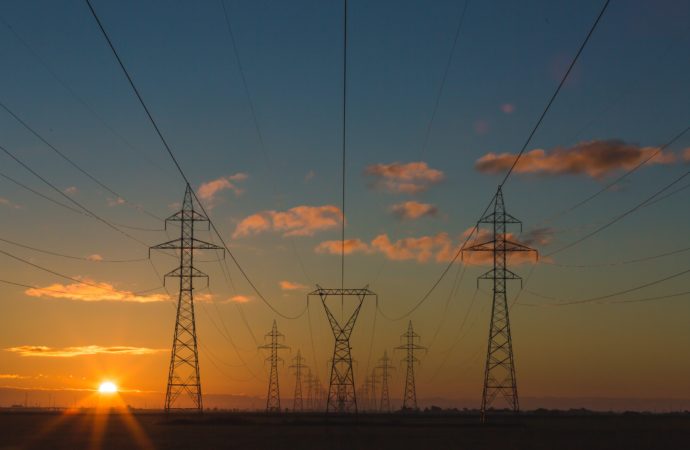The nation’s grid watchdog is once again sounding the alarm about looming reliability risks to the country’s electric grid.
The North American Electric Reliability Corp. (NERC) released its latest Long-Term Reliability Assessment last Thursday. The report found that broad swaths of the country’s regional electric grids face, at minimum, an “elevated risk” of resource shortfalls over the next few years due to the rapid pace of the clean energy transition and extreme weather events.
“The bulk power system is undergoing unprecedented change on a scale and at a speed that challenges the ability to foresee and design for its future state,” John Moura, NERC’s director of Reliability Assessment and Performance Analysis, said in a press release accompanying the report. “Managing the transformation and proactively preparing for the role that the grid will play is the greatest challenge to reliability over the next 10 years. Our assessment provides valuable insight into the reliability risks facing the bulk power system as it is shaped by government policies, regulations, consumer preferences and economic factors.”
As Utility Dive reports, this latest assessment is not the first time NERC has cautioned policymakers about the unprecedented risks facing the nation’s grid due to climate change and the political response to it:
NERC has been warning about the speed of the energy transition in recent years. “Just to say it for the fourth or fifth time: Managing the pace of our generation retirements and our resource changes to ensure we have enough energy and essential services is an absolute necessity,” Moura said.
It is also clear that the bulk power system is “impacted by changing weather more than it ever has been,” he said. “It’s vitally important that we’re planning and operating power systems that can be resilient to extreme weather. That includes maintaining our baseload generation fleet, but also different transmission solutions that will enable even more reliability and resilience options.”
The Reliability Assessment offered seven concrete recommendations for policymakers and utility regulators to consider moving forward:
- Manage the pace of generator retirements until solutions are in place that can continue to meet energy needs and provide essential reliability services
- Include extreme weather scenarios in resource and system planning
- Address [inverter-based resource] performance and grid integration issues
- Expand resource adequacy evaluations beyond reserve margins at peak times to include energy risks for all hours and seasons
- Increase focus on [Distributed Energy Resources] as they are deployed at increasingly impactful levels
- Mitigate the risks that arise from growing reliance on just-in-time fuel for electric generation and the interdependent natural gas and electric infrastructure
- Consider the impact that the electrification of transportation, space heating, and other sectors may have on future electricity demand and infrastructure
While the Midwest and California were identified as the regions at the highest risk level for reliability—due to the rapid retirement of reliable coal, gas, and nuclear plants in MISO and the advanced penetration of renewables in California—much of the Western U.S. is expected to face challenges meeting electricity demand during extreme heat waves and cold snaps when excess power supply will be hard to come by.
Here in Colorado, that’s not just a theoretical concern. This summer, Xcel Energy had to hijack the thermostats of more than 20,000 customers during a heat wave to avoid blackouts. And later this week, the grid will be tested again by a bomb cyclone expected to drop temperatures in the Metro Area to lows not seen before in the state’s history.
Wind Chill Watch covers most of Colorado, with wind chill values as low as -50° on Thursday.
Denver has not recorded a -45° or lower wind chill since at least 1975.#9wx #COwx pic.twitter.com/F7RJGVkDrz
— Chris Bianchi (@BianchiWeather) December 19, 2022
Such emergencies are already occurring with the state’s coal fleet still in operation and renewables only playing a complimentary role in power generation. As the Colorado Public Utilities Commission has already warned, the situation will be even dicier after the state’s coal fleet shuts down entirely in 2030, and only variable wind and solar are left to pick up the slack.
Colorado policymakers can no longer afford to ignore the warnings that continue to pile up surrounding the state’s energy transition. Coloradans should not be forced to sacrifice having reliable access to heat and electricity.










